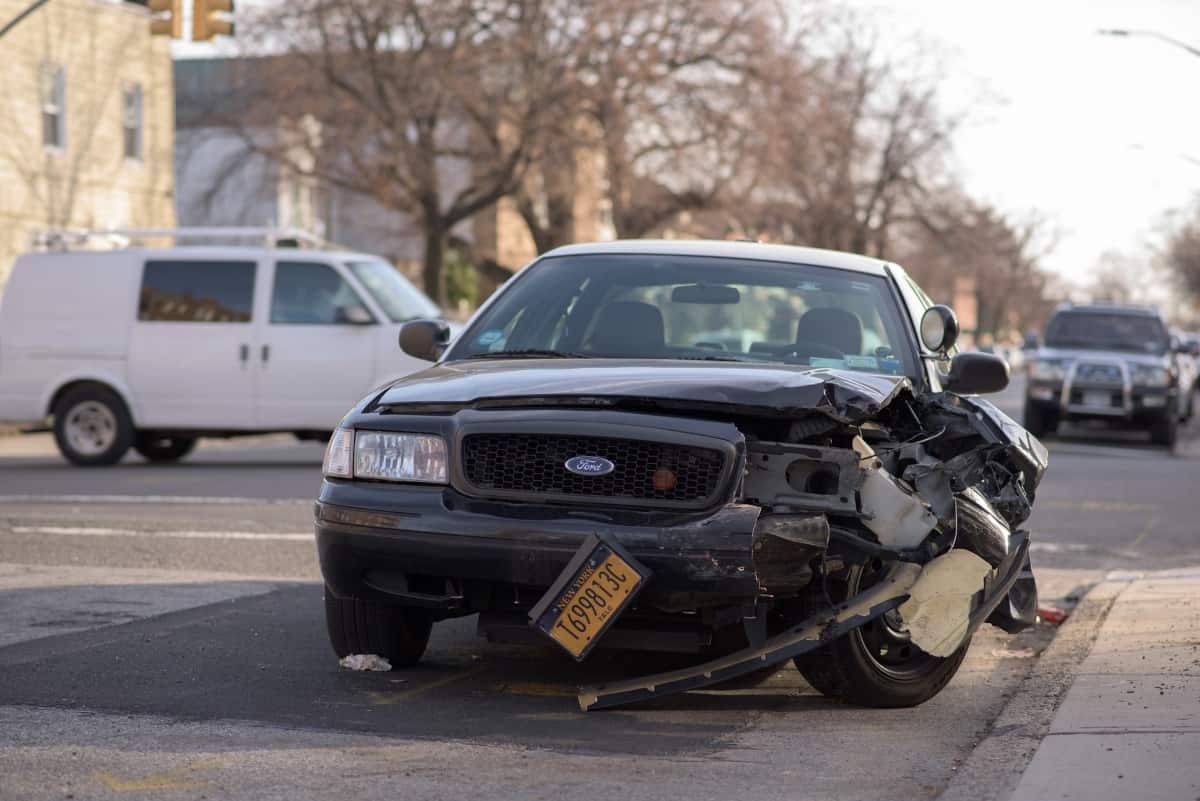The term “no-fault” has a different definition in each no-fault state. To obtain reimbursement from your insurance provider, you do not need to establish who was to blame.
This implies that if another motorist is to blame for a collision, you won’t be able to receive assistance with medical expenses or vehicle damage because of their carelessness. After your deductible and up to your policy limits, no-fault insurance, also known as personal injury protection insurance, covers you and your passengers’ medical costs and lost wages, regardless of who is at fault in a vehicle collision.
This coverage differs from other kinds of vehicle insurance, such as liability and collision insurance. You make a claim with your own insurance carrier despite who caused the accident. Damages are covered by your liability and collision insurance if you are at fault for the accident.
Let’s look at which states have no-fault car insurance and which utilize the tort system.

No-Fault Car Insurance States
More information on what does no-fault state mean? The majority of jurisdictions utilize a tort system. However, twelve states and Puerto Rico now use a genuine no-fault insurance system that limits the ability to file a lawsuit.
- The following states require personal injury protection insurance
- New York
- Massachusetts
- Utah
- Florida
- New Jersey
- Kansas
- North Dakota
- Hawaii
- Pennsylvania
- Minnesota
- Kentucky
- Michigan
When you have an accident under a no-fault insurance system, your car insurance company always pays for specific damages, despite who is responsible for the accident up to a set amount.
In contrast, in a tort insurance program, someone must be at blame for a vehicle accident, even if the responsibility is split equally in half.
The 9 out of 12 states listed above are no-fault states by choice. These state officials made the decision to be a no-fault state, and the residents who happen to live there must abide by the state’s rules.
There are three states of the 12 that allow drivers the option to have full tort rights, not just personal injury. These three states are Pennsylvania, New Jersey, and Kentucky.
How Does No-Fault Auto Insurance Work?
Because the accident was entirely the other driver’s responsibility, you and the insurance company will file a claim with the other driver’s insurance company to pay your medical expenses in a tort state. If you are partly liable, for example, if the accident is 30% your fault, the payment (from the other driver’s insurance company) will be cut by 30%, which your insurance company will pay.
Let’s look at an example for a clearer understanding of no-fault auto insurance.
You had a minor collision with another vehicle, whom we’ll call Dave. Dave ran a stop sign and crashed with your vehicle. Your medical expenses came to $5,000 because of your injuries. On a no-fault basis, you will file a claim with your insurance company and will pay for the expenses even if Dave was entirely to blame for the accident.
You may sue Dave if he has no insurance or if you (or your insurance carrier) are unhappy with the settlement. This kind of accident would not meet that criterion in most no-fault jurisdictions.
This is a simplistic view of how a no-fault state differs from a tort state, although different systems may exist; it all depends on where you live.
No-Fault Insurance VS Other Types of Insurance
There are many types of car insurance, and the state in which you reside will decide which one you have.
Here’s a brief rundown of the different kinds of car insurance policies:
No-fault Insurance
By eliminating the opportunity to sue, this car insurance program reduces the cost of automobile insurance. If an accident occurs, each individual will be paid for minor injuries by their own insurance carrier, despite who was to blame. However, no driver has the legal right to sue the other unless they sustained injuries that are severe and exceed a specific threshold.
The fact that there are various types of no-fault insurance and varying criteria that vary widely just adds to the confusion. The tort liability threshold is a set of criteria that must be fulfilled before a motorist may sue. It can be a set of linguistic words, such as serious deformity or death, or a monetary barrier, such as when medical costs exceed a certain dollar amount.
Every motorist on the road in a genuine no-fault jurisdiction must have Personal Injury Protection (PIP) insurance. PIP coverage varies by state, but in most cases, it should cover medical bills, lost earnings, burial expenses, and other out-of-pocket expenditures. The monetary limitations on different coverage are the most significant variation across states.
It’s worth knowing what-does-fault state means because no-fault insurance only covers injuries and medical expenses. If your automobile is damaged in an accident and the other driver was at fault, the cost of repairing your car is covered by the at-fault driver’s insurance policy.
No-Fault Choice
Drivers in these states may choose between a no-fault car insurance coverage and a conventional tort policy. Only three states have a chosen no-fault system in place right now. For no-fault claims, Pennsylvania and New Jersey have a verbal requirement, whereas Kentucky has a monetary barrier.
Liability for Torts
There are no limitations on litigation under this system, which is more conventional. If you are at fault in a vehicle accident, the other driver or any of their passengers may sue you for medical expenses as well as agony and suffering.
PIP Coverage
PIP is available as an add-on. Drivers in these states may have PIP coverage and be protected by their own insurance carrier, but there are no limitations on lawsuits. These aren’t genuine no-fault states since they don’t have any limitations on lawsuits.
PIP coverage may not be required in some states, and the compensation offered may be less comprehensive than in a genuine no-fault jurisdiction. Add-on states include
- Maryland
- Arkansas
- Washington
- D.C.
- Delaware
- Oregon
- New Hampshire

What Happens If an Out-of-State Driver Has Accident in No-Fault State?
If you cause a vehicle accident and are injured, you may usually make a claim with your insurance carrier under your PIP coverage. However, your insurance company may refuse to let you submit a claim if you were driving while incapacitated at the time of the accident or if you caused the accident on purpose. To be eligible for reimbursement under your PIP insurance, you must seek medical care within fourteen days of the accident.
If the other driver or passengers in the other vehicle are injured, their own PIP insurance will cover their injuries up to the policy’s limitations. If their costs exceed the policy’s limitations, they may file a third-party claim against your coverage. They may bring a personal injury lawsuit against you if their injuries are severe or permanent.
Let’s look at an example. The Smith family from Mississippi (a non-no-fault state) took a summer vacation to New York, a no-fault state. During their stay, the driver of the Smith’s car ran a stop sign and had an accident with a New York state resident’s vehicle.
Mr. Smith broke his arm. His insurance is responsible for covering the medical costs. Mr. Green, a New York State resident, was severely injured by Mr. Green can sue Mr. Smith because he was severely injured. Mrs. Green was also severely injured and lost her ability to walk. She could also sue Mr. Smith because not only is her injury severe, it has caused a permanent injury.
Driving Record & No-Fault Accident
A no-fault collision will appear on your driving record. Assume a motorist rear-ends your vehicle at a stoplight, and the whole back bumper is ripped off. In such a scenario, you’ll need to contact your insurance carrier and submit a claim in order to be paid for the repairs. Despite the fact that you were not at fault, the fact that you made a claim and received money from the insurance company will show on your record.
The accident will be on your driving record for 3 to 5 years. It differs significantly, though, based on the severity of the injury and the state in which you reside.


